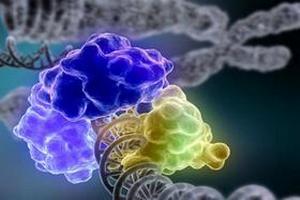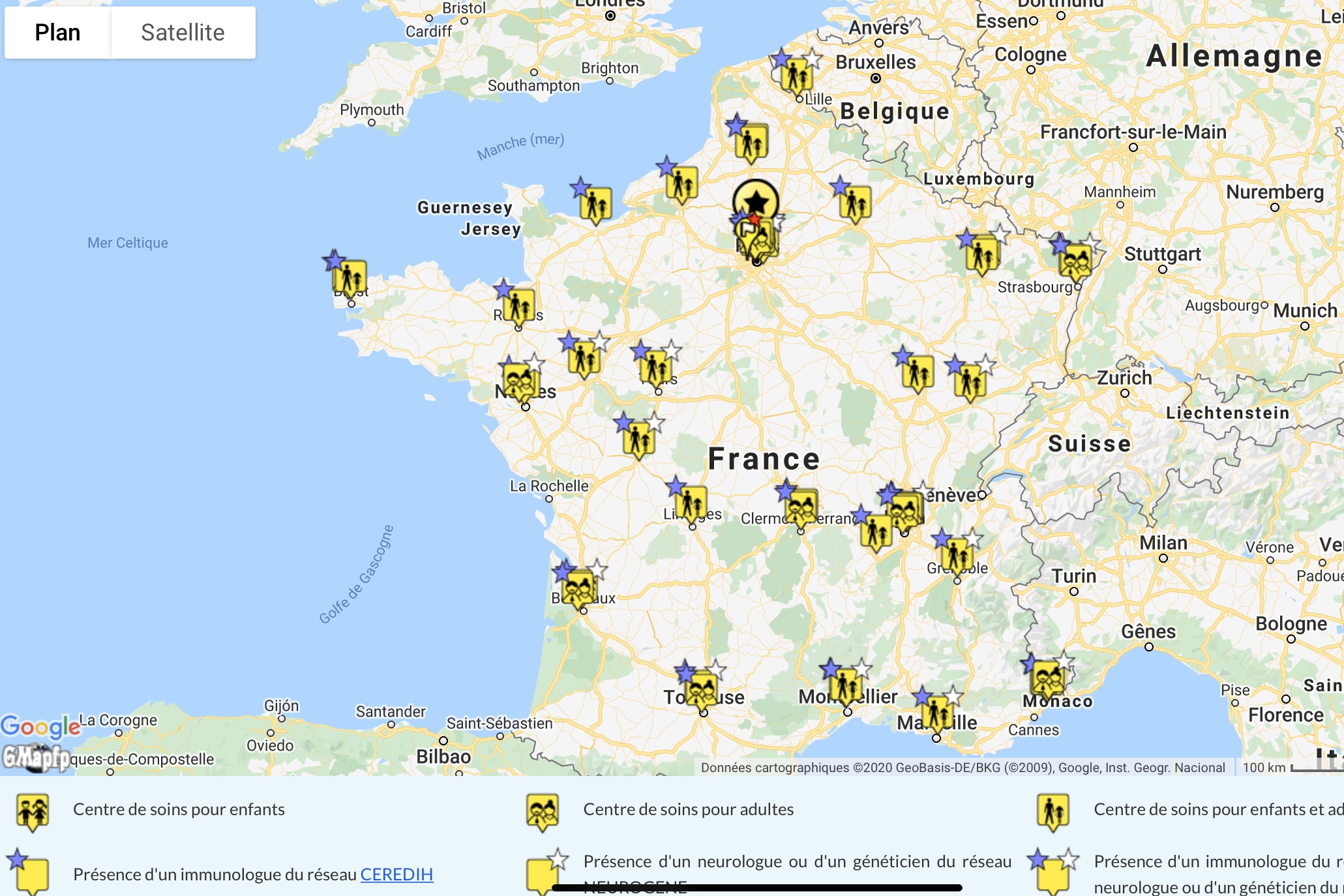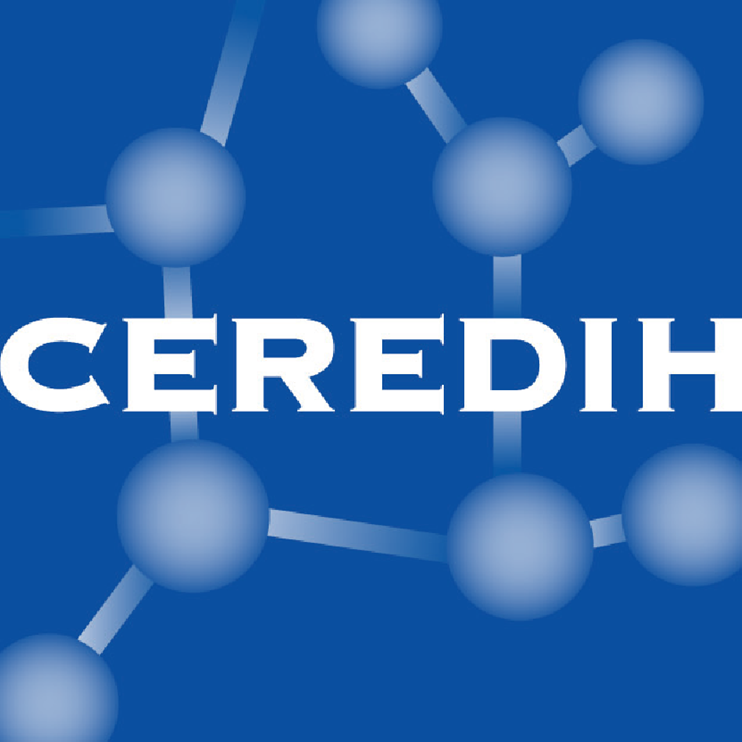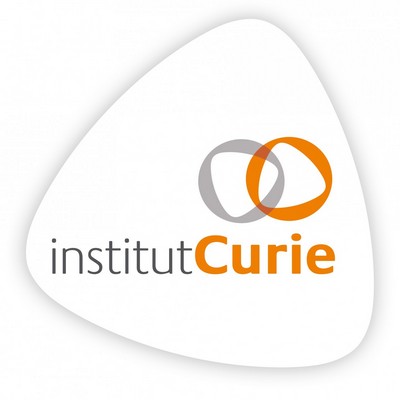thumb helvetica, stuff sans-serif;">Ataxia telangiectasia is a disease that affects various parts of the central and peripheral nervous system with mechanisms that are not yet fully identified. .
The doctor of diagnosis
The neurologist is often the physician who diagnoses ataxia telangiectasia by analysing its effects. Unfortunately, there is currently no treatment to stop or even delay neurological deterioration, although recent discoveries may well alter this statement. But, even without treatment to prescribe, the neurologist is essential to explain the neurological signs and of course, for research.
Neurological evaluation
Facing a AT balance disorder, the neurologist will confirm the origin of ataxia and establish the dysfunction of the cerebellum. He will search for the consequences of it and will therefore be interested to:
- Posture, standing, walking: walking is unstable, the legs are often too close together, causing the foot moving forward to abut against the other, or to go too far and lead the whole body to be unbalanced outside the trajectory. If most of the time, the children keep their balance through consistent efforts, the slightest obstacle causes the fall. They generally prefer to run, taking advantage of increased stability due to the inertia.
- Tone: in young children with AT, a low tone explains the postures taken at the limit of balance. Tone increases with age, the stability of the trunk and neck too. But the tone may become too strong and cause stiffness.
- Eye movement: the ability to capture an object, to follow it if it moves and the link between balance and vision rely on different parts of the nervous system which are however perfectly known.
- Search for parasitic movements: they are rare, increase with age and are first noticed at rest on the hands and feet. They can sometimes be amplified by the will to counter them or may be specific to a particular movement.
- Capacity and quality of writing
- Facial expressions, speech
- Swallowing
- Intellectual abilities
- Sensitivity
Treatments
There is at present not known treatment to stop or even slow the effects of neurological degeneration in Ataxia telangiectasia.
However, tests have been carried out to measure the impact of a diet rich in antioxidants in order to reduce the oxidative stress responsible for the degradation of cells. Others are currently evaluating drugs used to treat other diseases which seem to have improved balance in people with AT. But what is not yet knomn are the side effects. Very recently, a French team has published encouraging results of gene therapy performed on three children with a neurodegenerative disease.
alternatives
Pending a solution of the same type, which is the aim of AT Europe, it is essential to try to maintain as long as possible the capacity and autonomy of AT patients. To achieve this, the neurologist will use coping and compensation skills of the brain and develop techniques to circumvent the difficulties with the help of different specialists:
- Physical therapist
- Occupationnal therapist
- Psychomotor
- SLP






